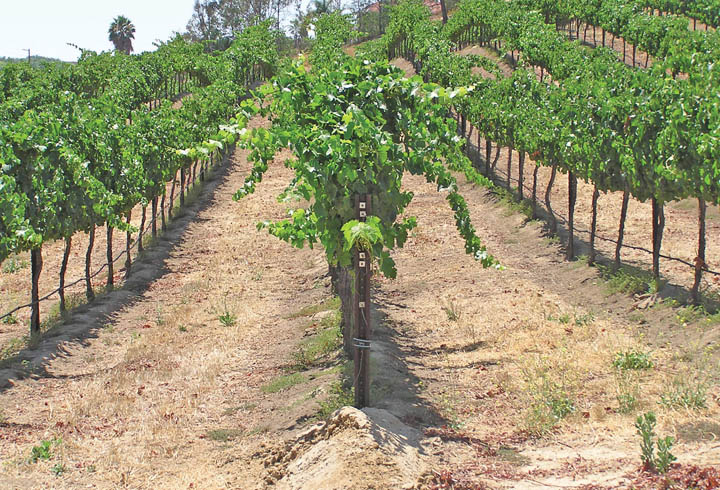November 30, 2011

From the Associated Press:
As you contemplate that Thanksgiving wine you relished on Thursday, ponder for a moment a world too hot to grow fine grapes.
Dr. Sanliang Gu does every day.
For a dozen years his obsession has been to manipulate the growing cycle of grapes around Fresno, California's hottest and therefore earliest-ripening wine region. This week he succeeded: the 2011 vintage that normally would have been picked in July or August came off the vines two days before Thanksgiving — about three weeks after Napa's weather-delayed harvest ended.
In an industry where "hang time" is cherished for adding complexities to flavors, the implications are profound, especially for folks anxious about the global impacts of climate change on historic wine-growing regions.
"If this can help incrementally improve the quality, it means big money for growers, especially in a global market," said Joe Bezerra, executive director of the California State University Agricultural Research Institute, which is helping to fund the project at Fresno State University.
Gu's immediate aim is twofold: to add complexities to the 150,000 acres of wine grapes grown in California's San Joaquin Valley, home to 44 percent of the state's crop, and to open marginal areas to higher-end production.
For more, see: Fresno prof works to grow a later, tastier grape
You May Also Like




